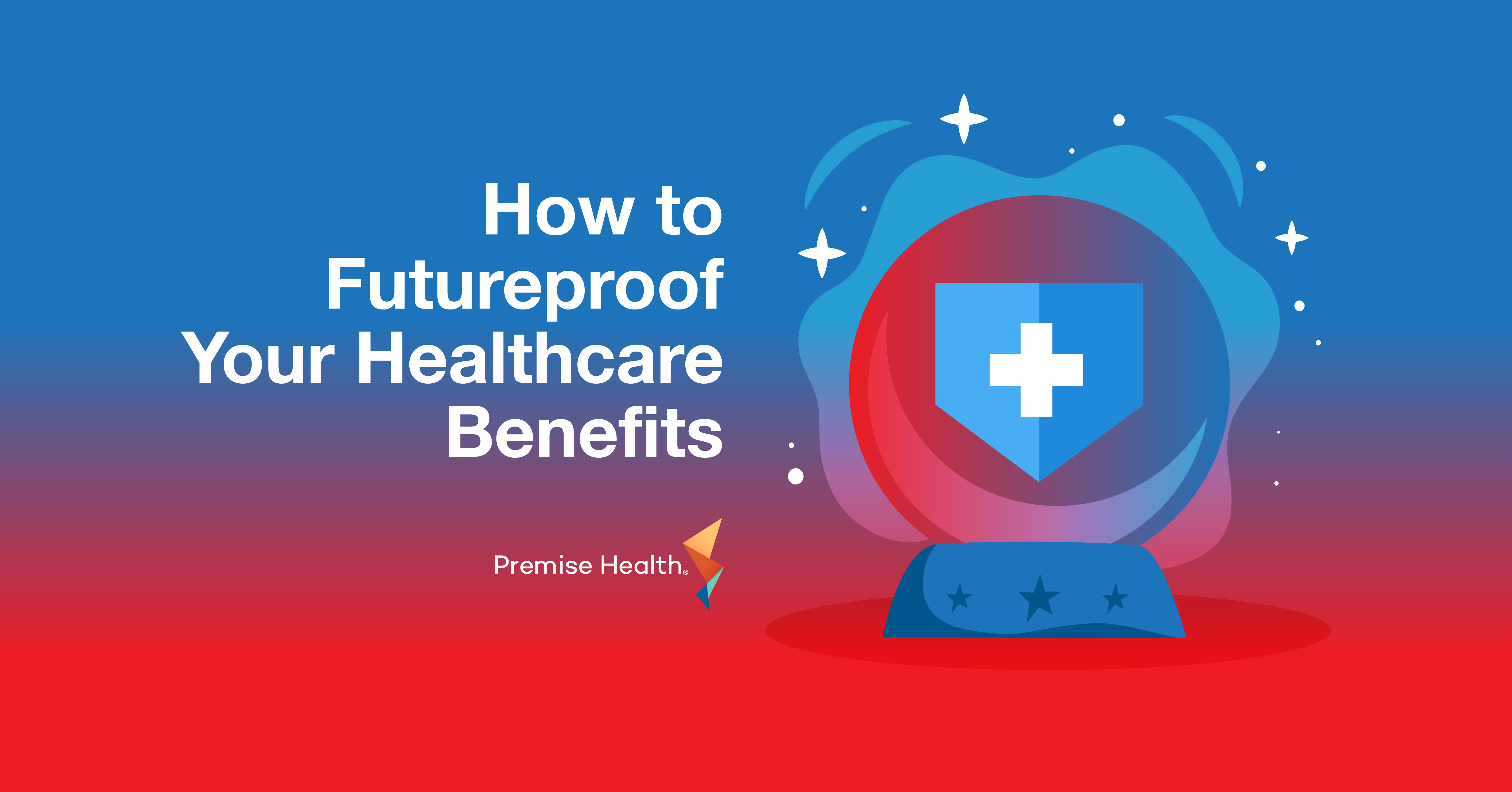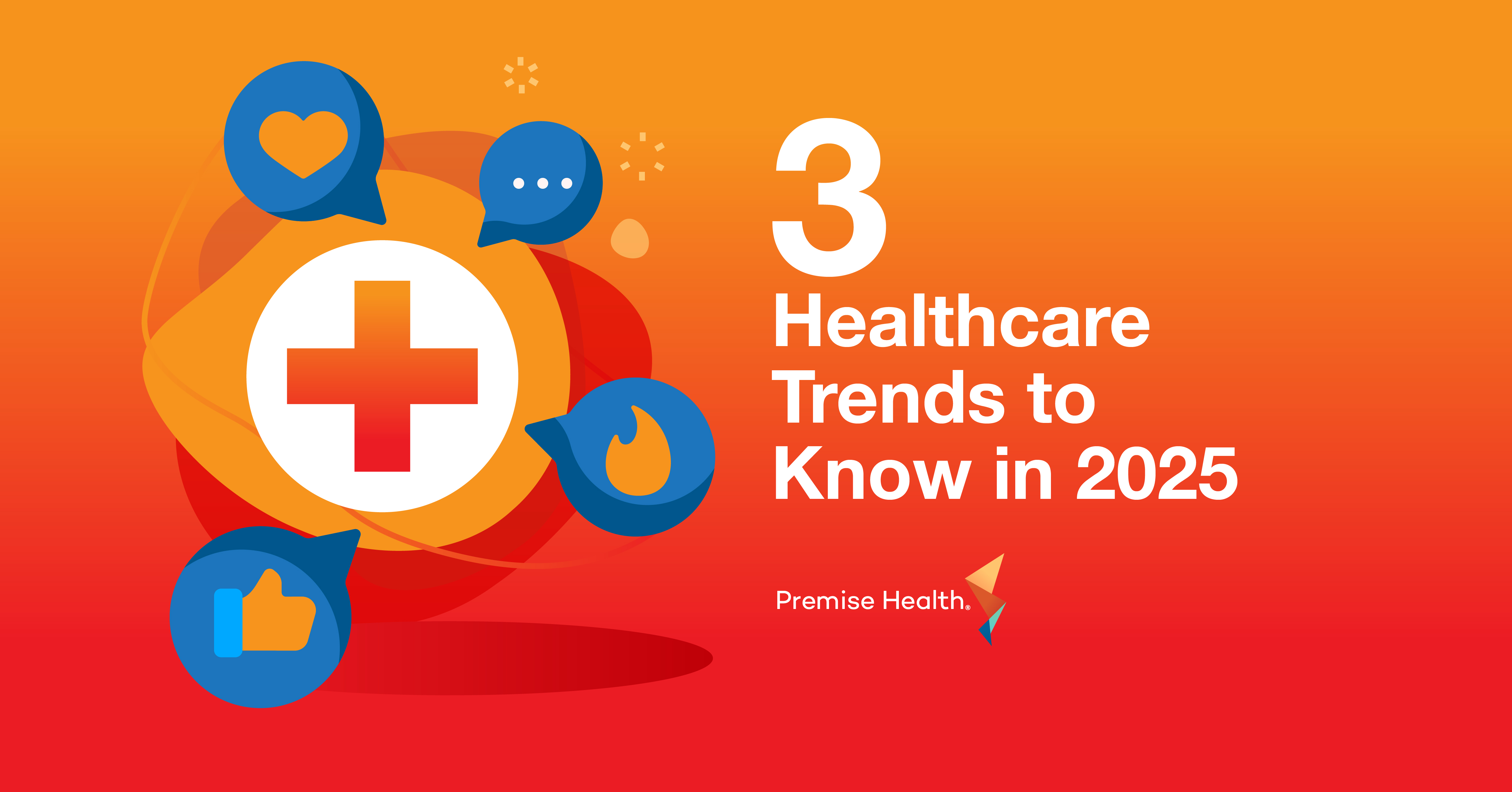Three Healthcare Trends Union and Taft-Hartley Fund Administrators Need to Know
Healthcare is in a near constant state of change. Annually, this can leave organizations always looking for better ways to adapt and stay on top of the industry. What are the biggest trends that union directors and fund administrators need to be ready for? In this blog, we’ll dig into three important topics: rising healthcare costs, transparency into cost and quality, and health data security.
Healthcare costs are rising.
In a report published by Health Affairs, researchers projected that national health expenditures will increase by 5.4% annually, totaling $7.17 trillion by 2031. There are several factors that are likely to drive that increase in spending, like a record-high increase in Medicare enrollment at 7.5% annually and more serious care needs caused by delayed care in recent years. Shouldering those costs falls, primarily, on private health insurance and Medicare. Because of this, union organizations should prepare for cost increases across their total population, from dependents to retirees.
How can unions manage cost?
One way that unions and Taft-Hartley funds have addressed these increases is by working with direct healthcare providers. Direct healthcare operates under a fee-for-value model where providers are reimbursed based on patient outcomes, not services rendered like the traditional fee-for-service model. This creates alignment financially and functionally between the member organization and provider to accomplish one common goal: creating healthier members.
In doing so, healthcare costs can stabilize or even decrease year-over-year due to several factors, including:
- Higher member utilization of primary services, such as preventive screenings, condition management, behavioral health, and physical therapy. This results in lower referral rates for expensive specialty care and often avoidable or unnecessary emergency visits.
- Personalized care from a dedicated provider team that forms trusted relationships with each member, resulting in greater accountability for member outcomes.
With the ever-looming threat of cost increases, union organizations have an opportunity to hedge off potential long-term spending with dedicated, value-driven care for their member populations.
Increased demand for transparency from healthcare partners.
With the passing of the Consolidated Appropriations Act (CAA), the federal ‘Hospital Price Transparency Rule,’ and the ‘No Surprises Act,’ in recent years, insurers, providers, and hospitals now are required by law to be more transparent and upfront with consumers about pricing, offerings, treatment outcomes, and more. But what does this mean for unions?
As a result of the legislation, many community hospitals, systems, and providers will no doubt feel the need to compete regarding pricing and outcomes. Union financial fiduciaries should consider that pressure an opportunity to ensure that members and their dependents are getting the best care for the best price.
Value-driven research and results for union members.
Many administrators are implementing value-driven population health solutions, like Care Navigation and Care Management. These concierge services use data-driven insights to improve the health and wellbeing of specific member populations, saving union organizations and their members valuable time and money. But how do they work?
Care navigation is any concierge referral coordination solution that identifies and schedules members with high-quality, cost-effective specialty care in their community, eliminating member frustration in navigating the healthcare maze to find the best price for the best care. Care management solutions identify high-cost, high-risk members who need extra support and proactively engage them in personalized treatment plans to ensure they receive the proper care that is needed to avoid costly care down the road.
By investing in these types of tools, union organizations can commit to value-driven care and leverage better health outcomes and costs for their organization.
Healthcare data security
Along with healthcare’s massive infrastructure and economy comes a wealth of personal health data for patients. The safety and integrity of that personal data has been an ongoing conversation as data leaks continue to rise, healthcare seeing the worst of it. For instance, it was reported that 2022 was the second worst year for reported HIPAA compliance breaches, with roughly 700 data breaches accounting for over 51 million compromised health records. That trend continued in the first half of 2023 with the exposure of 39 million individuals’ data, an incident that can cost healthcare organizations $10.93 million on average according to IBM. The key for fund administrators is in finding partners who are thinking about the future of data security, now.
How can unions protect member data?
Fund administrators need to do their research. It’s always a good time to start thinking about current and future partnerships and asking questions regarding their prioritization of data security and integrity.
Some questions worth asking:
- What are the organization’s current cybersecurity policies? For example, is the organization actively working toward nationally recognized standards of data security, such as HITRUST certification?
- Is the organization using up-to-date technology and security updates?
- Are there roadmaps in place for future maintenance and innovation in the organization’s tech stack?
It goes without saying, handling any amount of sensitive data these days requires investing heavily in strategies and technologies to keep it safe. Therefore, union and Taft-Hartley fund administrators have a responsibility to hold healthcare partners accountable regarding the security of their members’ data.
When times get tough, experience is what matters.
Union organizations across industries are guaranteed turbulent years to come in healthcare, but they also have a greater number of resources available to ensure that their members are receiving high-quality, cost-effective care. With the right partners who are experienced and future focused, administrators can offer exceptional healthcare to members of all ages and avoid the worst of the uncertainty that is to come.
If you’re interested in finding out whether direct healthcare is right for your member organization, start a conversation with us today. Premise Health is the leading direct healthcare provider in the nation, and we work with many different size populations to connect their people with high-quality, cost-effective healthcare. Learn more about our work with unions and Taft-Hartley funds on our website.
Next on industry insights.

How to Futureproof Your Healthcare Benefits
Read the Blog
Why Partnering with an AAAHC Accredited Organization is a Win for Your Workforce
Read the Blog